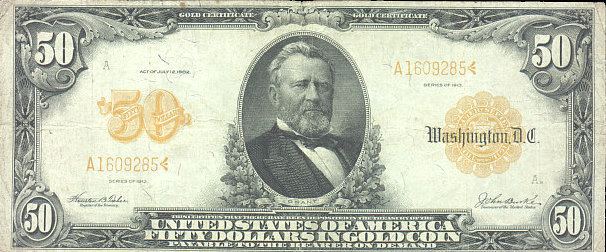 | ||
Representative money, in all simplicity, is any medium of exchange that represents something of value, but has little or no value of its own.
Unlike fiat money (which may or may not have anything of value backing it), to be a genuine representative money, there must always be something valuable supporting the face value represented.
More specifically, the term representative money has been used variously to mean:
Historically, the use of representative money predates the invention of coinage. In the ancient empires of Egypt, Babylon, India and China, the temples and palaces often had commodity warehouses which issued certificates of deposit as evidence of a claim upon a portion of the goods stored in the warehouses, a form of "representative money".
According to economist William Stanley Jevons (1875), representative money arose because metal coins often were "variously clipped or depreciated" during use, but using representations for the value stored in banks ensured its worth. He noted that paper and other materials have been used as representative money.
In 1895 economist Joseph Shield Nicholson wrote that credit expansion and contraction was in fact the expansion and contractions of representative money.
In 1934 economist William Howard Steiner wrote that the term was used "at one time to signify that a certain amount of bullion was stored in the Treasury while the equivalent paper in circulation" represented the bullion.
